Scott Felker, Three Creeks Naturalist
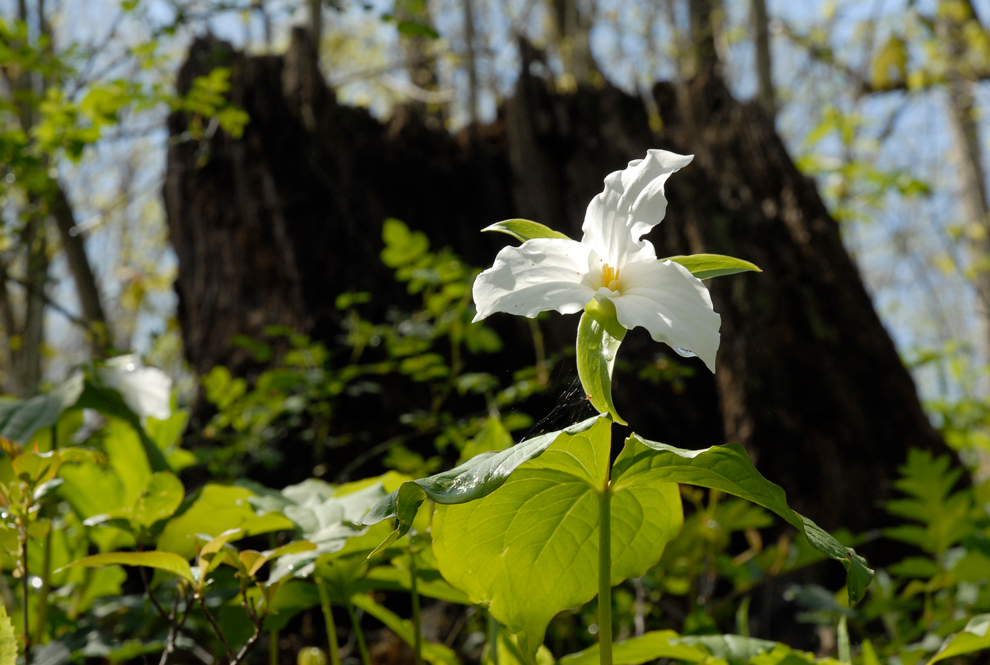
After what seems like the winter that lasted for forever, spring is finally here and so are the wildflowers. That means it’s time to search for blooms in your Metro Parks. True to their name, Virginia bluebells, trilliums and many other spring flowering ephemerals are plants that last only a brief time. They grow before trees leaf out, flower and die back in early summer. By growing early, they take advantage of spring sunshine.
Some fun facts:
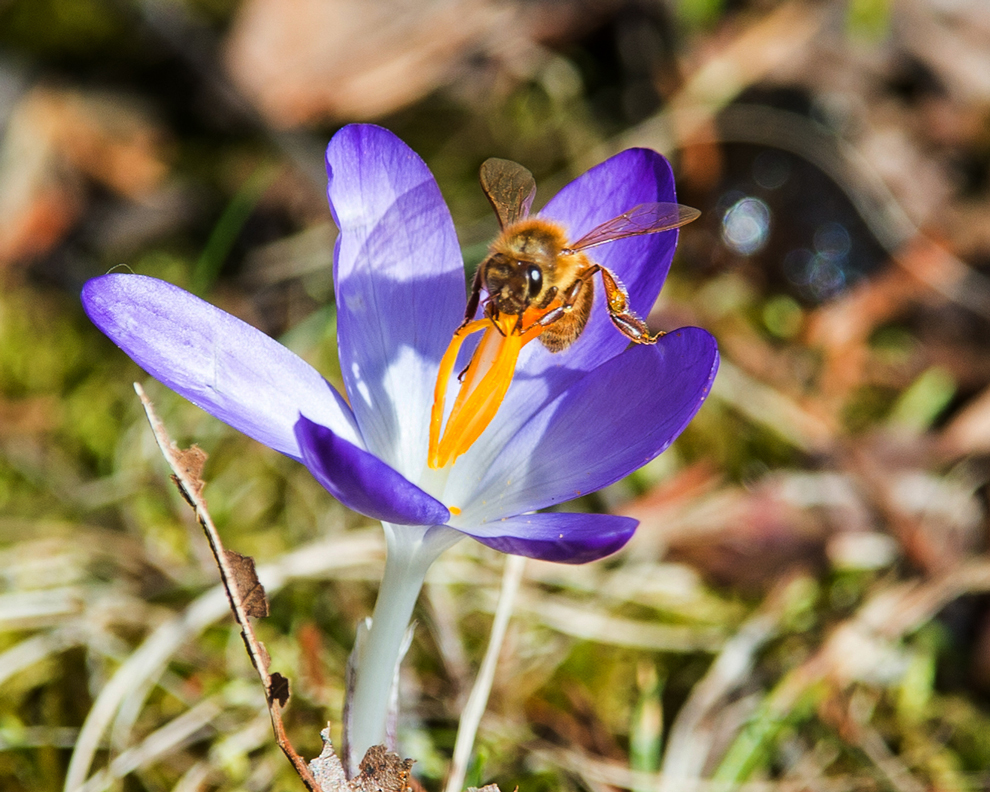
- Their blossoms can be important nectar sources for native bees.
- Ants spread the seeds of bloodroot and trillium.
- Plants like hepatica and toothwort get their names because their leaves and roots resemble liver and teeth.
Spring wildflowers are a sight to behold in many Metro Parks. Now through mid-May is an ideal time to head out to a park and look for them along woodland paths. Here are five great trails for spring wildflowers:
Three Creeks – Bluebell Trail
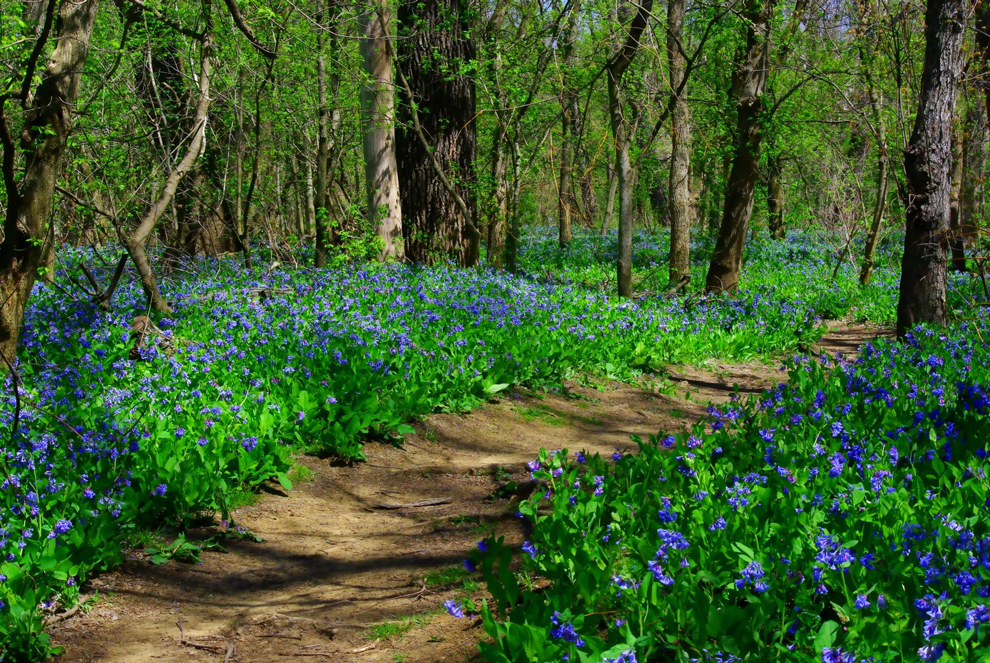
From late April to early May, acres of Virginia bluebells flower along Big Walnut Creek. If you look up you can see the small maroon flowers on pawpaw trees. If the trail is flooded, you can also see them from the Robert “Tad” Jeffrey deck.
Clear Creek – Cemetery Ridge Trail

On a walk along this 2.5-mile trail, you might see hepatica, trillium, fire pink and Solomon’s Seal.
Inniswood – Boardwalk Trail

This half-mile loop features large-flowered trillium, spring beauty, marsh marigold and wild geranium. Pick up a brochure at the beginning of the trail for a guide to the wildflowers to look for.
Blacklick Woods – Maple Trail
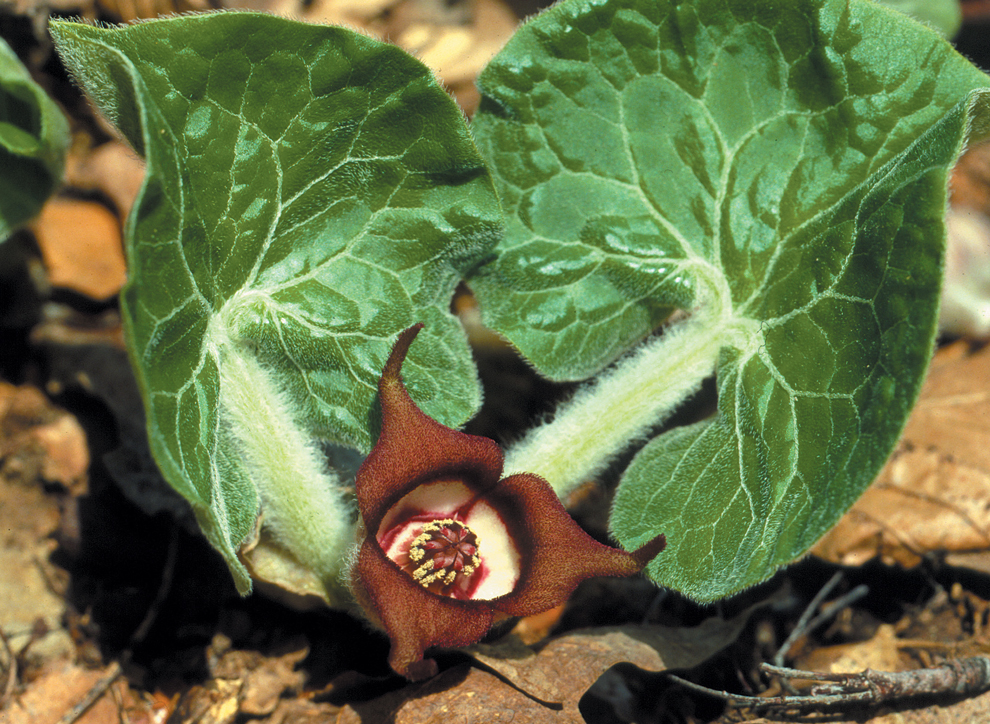
You might find drooping and sessile trillium, wild hyacinth, wild ginger, Dutchman’s breeches and others along this 1-mile trail.
Chestnut Ridge – Ridge Trail
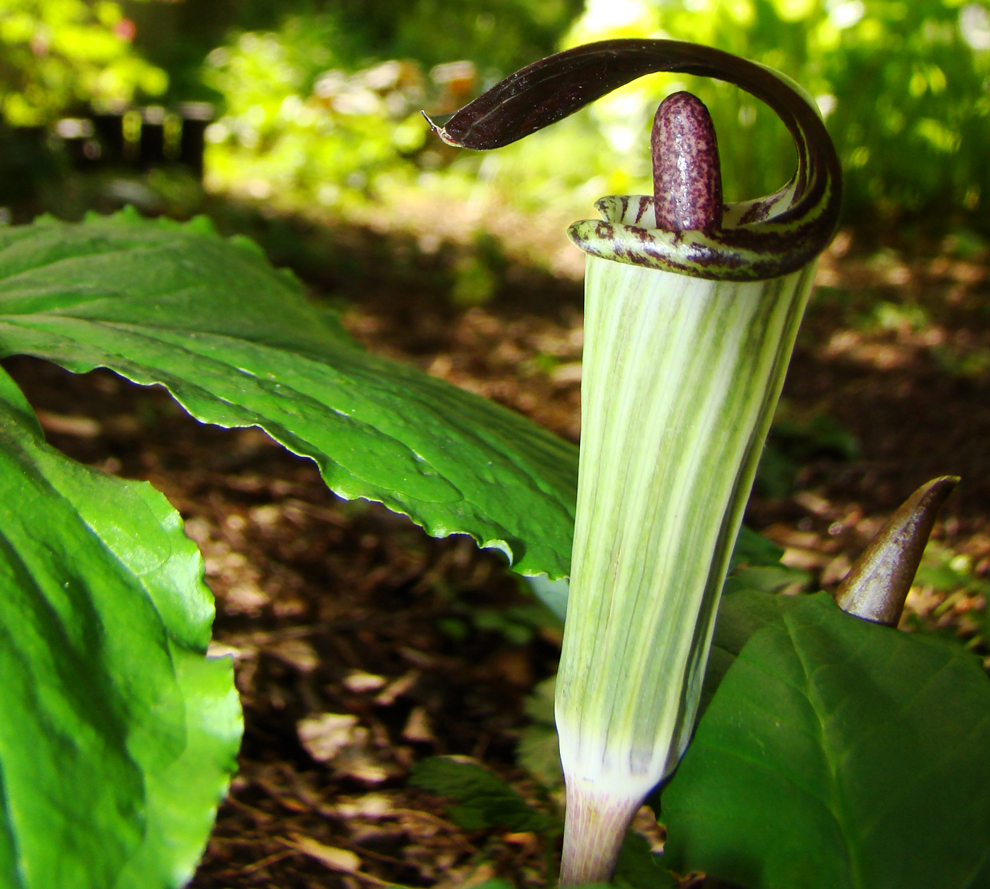
Bloodroot, Jack-in-the-pulpit, large-leaf waterleaf, mayapple and cutleaf toothwort are among the flowers you can see along this 1-mile trail.
